How to optimize your marketing and media priorities for the year ahead
Smart Insights have launched their first 'playbook' in response to our members' feedback.
What is a playbook?
Complex sports, such as rugby, cricket, and American football, often involve a huge amount of strategy and so it’s not unusual to find that the coaches in charge have a set of tried and trusted guides comprising the plans, strategies, and tactics to counter different scenarios that arise within a game. In American football they call these guides ‘playbooks’ and they include detailed notes, diagrams, and methods of the different strategies or ‘plays’ they want the players to execute within high-pressured moments during the course of a game:
In professional sport, the stakes are incredibly high and therefore the playbook is an essential resource to ensure that everyone shares a common vision and there’s a joined-up, consistent approach to strategy and tactics.
In marketing, we also find ourselves in situations where we need to decide on a course of action in order to meet our business, marketing, and communications objectives. Similar to professional sport, media and marketing playbooks should be developed in advance of the year ahead and cascaded to key stakeholders so that the team is aware of the overarching strategy and tactics to deploy at different stages of the year.
The advantages of a media playbook
A media playbook is a comprehensive guide outlining how a business or brand will manage their marketing investment and activity over the course of a 12-18 month period. Often developed in medium to large organizations with a central marketing team, it provides guidance for media planning, consistency in activities across markets and a foundation to enable everyone to align around one shared vision for when teams go to market to activate.
Some of the advantages of a playbook include:
- To provide communications planning guidelines to drive consistency across markets and share best practice
- To take insights (e.g. web analytics, econometric modelling) and apply learning across markets, products and/ or services
- To save time for different teams with initial planning so that more energy and resource can go into implementation
An example of a planning process built around a media playbook might look something like this:
Of course, the planning process will vary depending on your own business but at every stage of the process the central marketing team responsible for overall brand strategy and direction will liaise and consult with individual teams to ensure there is on-going alignment.
In this post, I’d like to share some of the components that should go into a media playbook to help develop a focused, structured approach to media planning and execution.
For each section, I've provided links to relevant Smart Insights blog posts and resources to help you develop your own media playbook.
Business priorities
The opening section of the playbook should be used to set up the business context:
- Overview of the market - an indication of where your business or brand sits within the competitive landscape
- Overall brand strategy - top-line summary of the long-term brand strategy:
- Main marketing priorities/ goals - the top 3-5 tasks for the year ahead, perhaps supported by a content calendar to demonstrate how this will be planned across the year, e.g.:
Smart Insights key resource: Digital marketing strategy and planning template
Audience analysis and insight
A clear understanding and articulation of your target audience will help build a clear picture of who you will be marketing to and ensure that everyone is bought into a common vision:
- Bring your audience to life - use examples and stories to describe who your target audience is, what interests and motivates them and the products, services and media they consume. It might be worth using any existing customer personas or creating a ‘day in the life’:
- Breakdown of audience across core markets - if you work in a regional or global organization, it’s important to provide a more nuanced breakdown of who the target is across markets, with information including:
- Your targeting approach for communications - where do your consumers sit within the customer lifecycle and what broad channels will you, therefore, adopt to engage them?
Smart Insights resource: Marketing persona hub
Budget setting
Once you’ve set out your key priorities, challenges and target audience, it’s time to outline how you will set your marketing budget(s) for the year:
- Review plans and results from the previous year - understand what did/ didn’t work from the previous year and any new insight that could inform next year’s marketing breakdown. For example, you may have gone into last year with display as your main digital tactic for increasing conversion to sale whilst in fact the data showed that paid search generated a better return on investment
- Align marketing activity to goals - based on the goals you set out in the ‘business priorities’ section (above), start to map out the type of activity will help you to achieve these most efficiently and effectively. For example, paid media will help increase sales immediately vs. earned media whilst email or content marketing may be worth exploring for customer retention
- Use industry benchmarks - consider using industry benchmarks to get an indication for how competitors or brands with similar marketing goals to you are spending on marketing.
Based on a survey of over Over 4000 respondents, the eMarketing Sherpa eCommerce Benchmark Study summarised what percentage of marketing budget ecommerce brands are spending per channel based on the company’s revenue:
Smart Insights resource: Marketing budget spreadsheet template
Channel planning
The channel planning element of the playbook is where you have the opportunity to outline how you intend to use different media channels to meet your business and marketing objectives based on the budget and audience insight:
- Outline the role of channels - this should provide a top-line/ one-page summary of how your proposed role for channel align with your communications and overarching business objectives:
- Media deep-dive - following on from the role of channel overview, go into detail for each of the main media channels to explain more about how and where these will be used
- Guidelines and best practice - many elements of the media mix will require support and guidance from the central marketing function, especially for markets and teams which may be smaller or have less specialized knowledge. A set of key guidelines or ‘guardrails’ will help ensure that at the very least core best practices are followed to minimise mistakes and inefficiencies
Smart Insights resource: Multichannel strategy hub
Measurement
Another key aspect of any media playbook is alignment on how campaign and always-on activity will be tracked and measured. Without a consistent approach to measurement it is difficult to compare like-for-like and therefore the playbook provides an ideal opportunity to set out these common standards and guardrails:
Compare media effectiveness using defined KPIs
Go beyond measuring the volume of views and interactions and ensure you include quality, value and cost of interactions (VQVC):
- Agree key measures to compare media based on outcomes of leads, sales or duration (for publishers)
- Customise analytics to compare media channels with defined outcomes
Create a performance dashboard to compare media effectiveness
Use analytics and dashboards to compare channel performance. A comparison should include:
- Agreed KPIs (see above)
- Performance over time (particularly for always-on media), e.g. month-on-month, year-on-year (and potentially compared to previous 90 days depending on seasonality)
Run regular optimisation reviews
When always-on media is used to continuously drive and meet demand it’s important to build in time for testing and to review and set targets for improvement.
Run post campaign reviews
For campaigns with defined duration, time should be put aside to learn from previous campaigns for the future. A post-campaign review should cover:
- Performance against target
- Success factors learned
- Risks and problems to avoid in future
Smart Insights resource: RACE digital marketing dashboard
source http://www.smartinsights.com/managing-digital-marketing/planning-budgeting/key-components-effective-media-playbook/
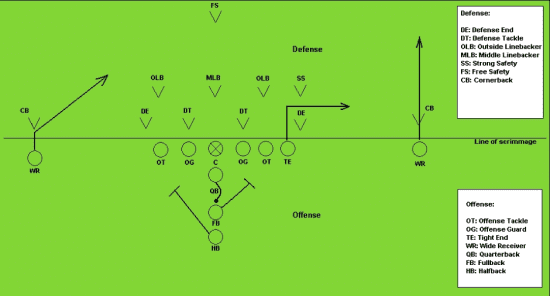
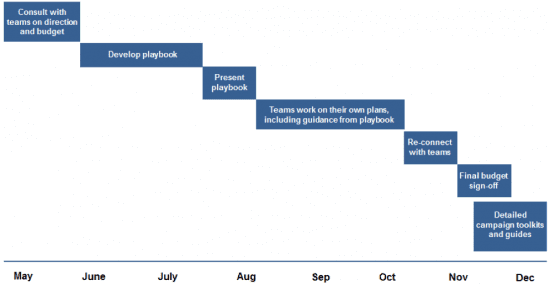
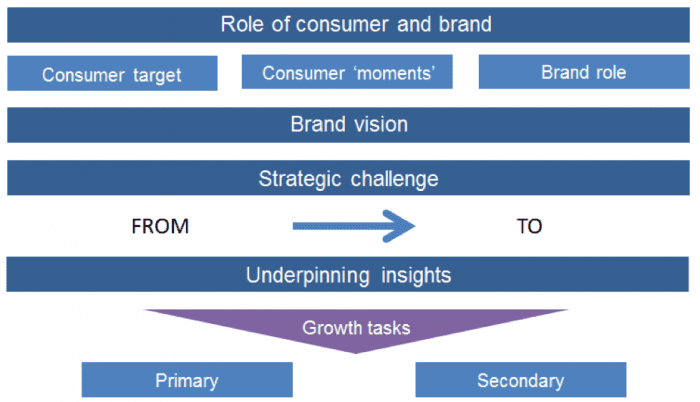
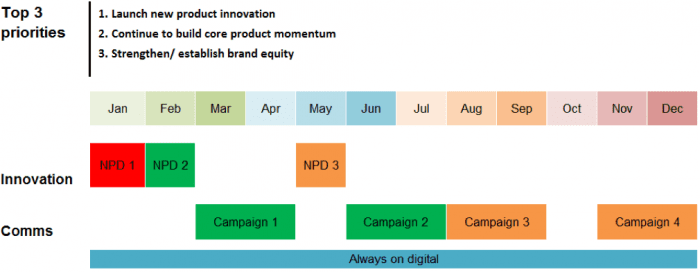
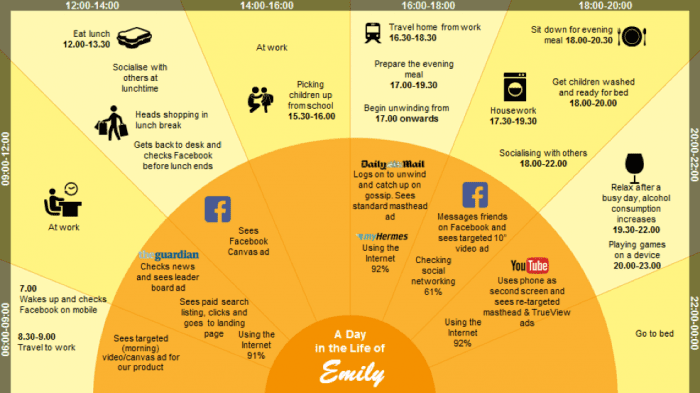
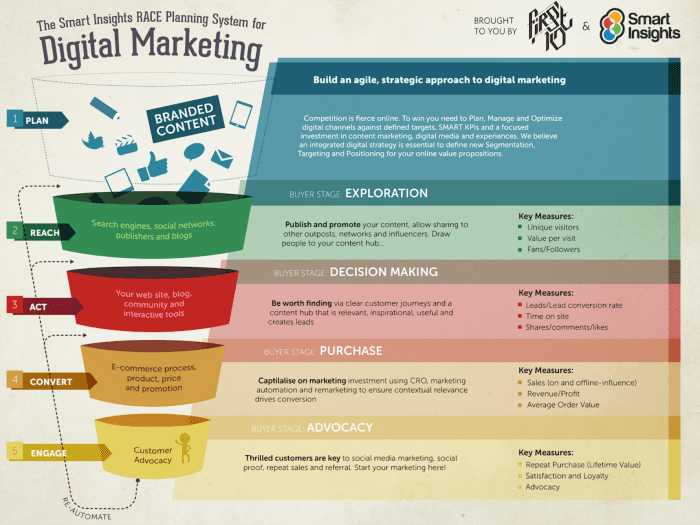
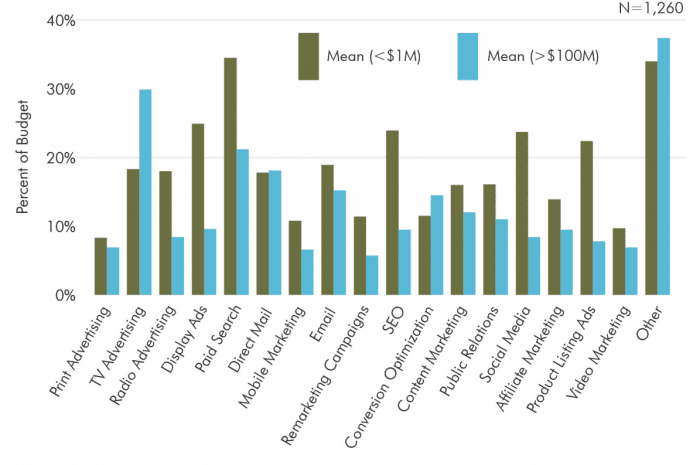
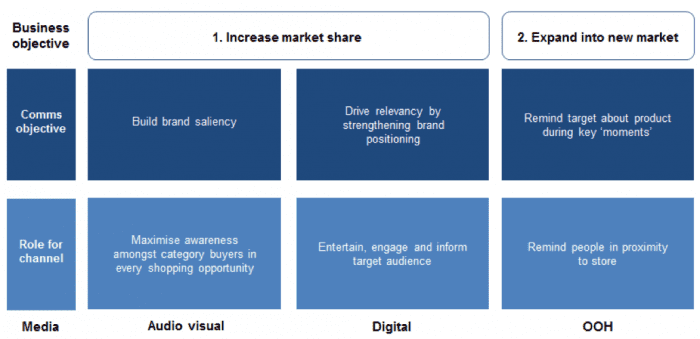
No comments:
Post a Comment